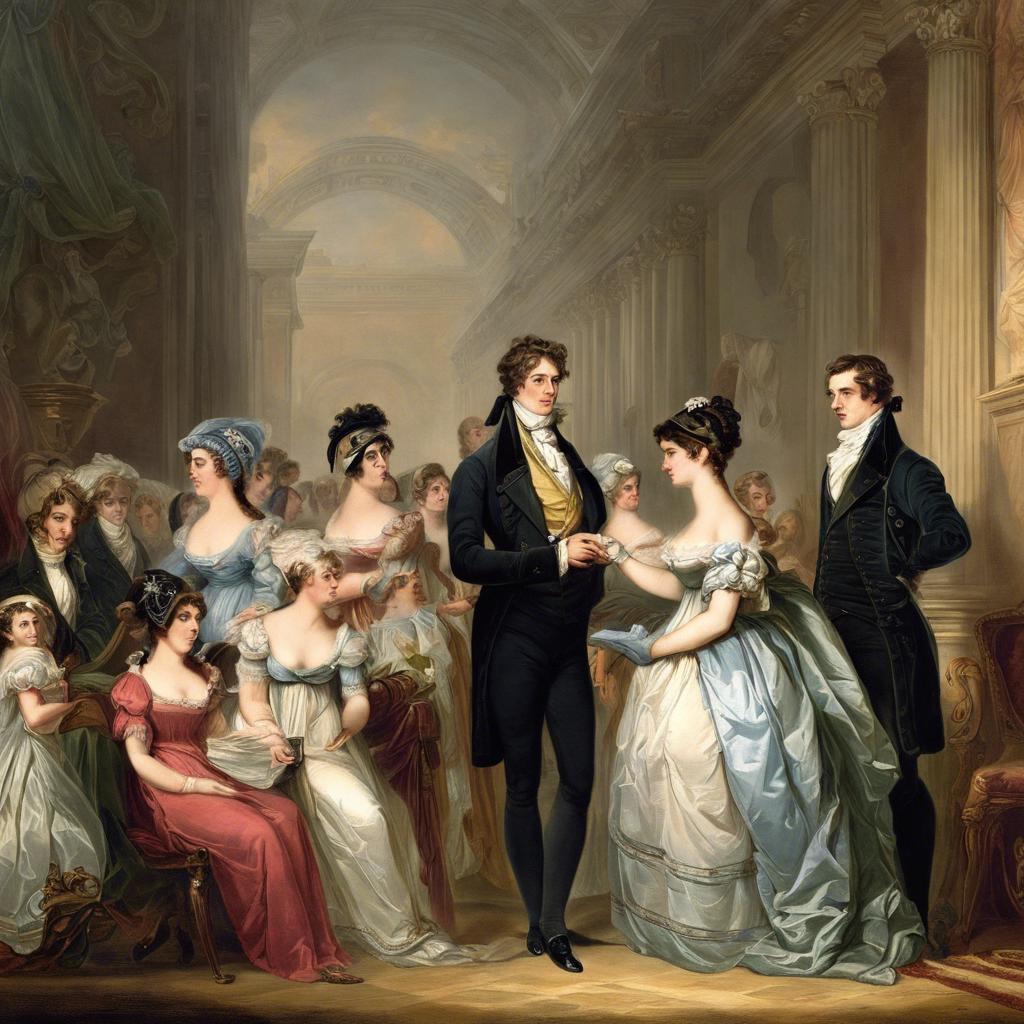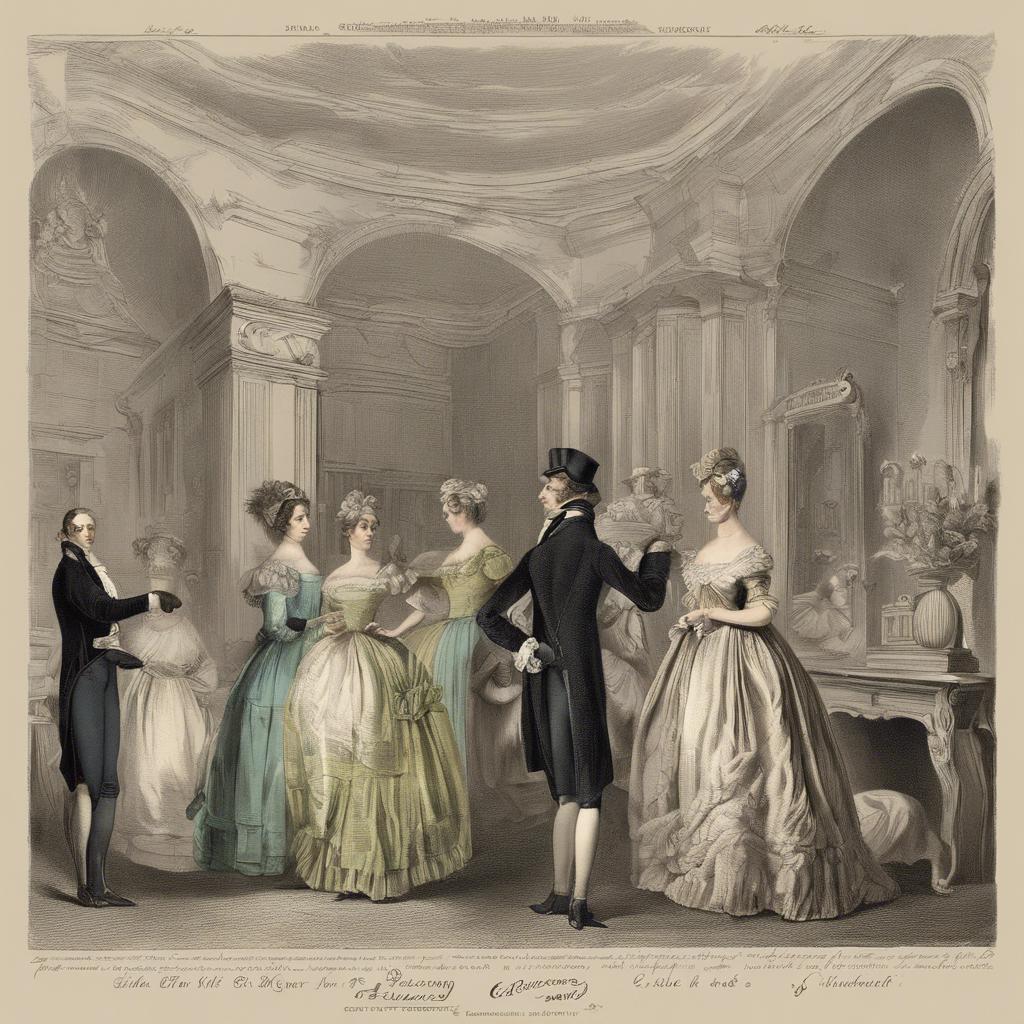The Regency Era, a significant period in British history characterized by its distinctive cultural and social trends, derived its name from the Regency Act of 1811. This legislation was enacted to address the incapacitation of King George III due to mental illness, resulting in the appointment of his son, the future King George IV, as Prince Regent. The period that ensued came to be known as the Regency Era, a time marked by a unique blend of elegance, luxury, and political intrigue. In this article, we shall delve into the origins of the term “Regency” and explore why it was chosen to encapsulate this remarkable epoch in British history.
Step Into the World of Cheryl Bolen
Dive into the enchanting stories of love, intrigue, and elegance set in the Regency Era. Cheryl Bolen's novels offer timeless romance and captivating tales that will leave you wanting more.
Explore Cheryl Bolen's Books Now
Origins of the Term Regency Era
The term “Regency Era” was coined to refer to a specific period in British history when King George III was deemed unfit to rule due to his mental illness. During this time, his son, the Prince of Wales, ruled as his proxy as Prince Regent from 1811 to 1820, and later as King George IV from 1820 to 1830. The Regency Era is known for its distinctive cultural, social, and architectural characteristics that set it apart from the periods before and after.
The name “Regency Era” comes from the Latin word “regens,” which means ruling or governing. It reflects the Prince Regent’s role as the ruler of England during his father’s incapacity. The Regency Era marked a transitional period in British history, bridging the gap between the Georgian and Victorian eras, and influencing art, fashion, and politics in significant ways.
During the Regency Era, England experienced a surge in literary and artistic outputs, with notable figures like Jane Austen, Lord Byron, and John Constable making their mark on the cultural landscape. The architecture of the time also saw a shift towards the elegant and refined Regency style, characterized by its use of classical motifs and clean lines. This period’s enduring influence and distinctiveness have cemented its status as a defining chapter in British history.
Historical Context and Influence on Naming
In the early 19th century, the Regency era in England marked a significant period of social, political, and cultural change. Named after the Prince Regent, who ruled in place of his father King George III due to his mental illness, this era spanned from 1811 to 1820. The influence of the Regency era on naming conventions can be seen in the popularity of certain names during this time, reflecting the social trends and values of the period.
During the Regency era, there was a resurgence of interest in classical literature and art, leading to a revival of ancient Greek and Roman names. Names such as Athena, Penelope, Julius, and Augustus became fashionable choices for aristocratic families looking to convey sophistication and education through their children’s names. Additionally, names with floral or nature-inspired meanings like Rose, Lily, Violet, and Jasper were also popular during this time, reflecting the romantic and sentimental ideals of the era.
The Regency era was a time of elegance, refinement, and excess among the nobility, which is reflected in the naming customs of the time. Noble families often chose elaborate and grandiose names for their children, such as Georgiana, Sebastian, Isabella, and Maximilian, to emphasize their status and lineage. These names were not only a reflection of the parents’ tastes but also served as a way to honor important historical figures or family connections.
Significance of Regency in British History
During the early 19th century, the Regency era in British history was a time of great significance marked by the reign of King George IV. The period derived its name from the Regency Act of 1811, which established the Prince of Wales, George IV, as Prince Regent due to the mental illness of his father, King George III. This era is often associated with luxurious indulgence, cultural refinement, and social change.
One reason why the Regency era was named as such was to signify the transition of power from the ailing King George III to his son, the Prince Regent. The term “Regency” specifically refers to a period during which a regent governs a country due to the monarch’s inability to rule. In the case of George IV, his extravagant lifestyle and influence on fashion, architecture, and the arts left a lasting impact on British society.
The Regency era was a time of political and social upheaval in Britain, with the Napoleonic Wars, industrialization, and the growth of the British Empire shaping the country’s future. The Prince Regent’s lavish lifestyle and patronage of the arts set the tone for a period known for its elegance and excess. The legacy of the Regency era can still be seen in the architecture of the time, such as the famous Regency terraces in cities like Bath and Brighton.
Exploring the Regents Role in the Eras Naming
In exploring the Regents role in the naming of historical eras, we must delve into the fascinating origins of the Regency era. Named after the Prince Regent, who later became King George IV, this period in British history spanned from 1811 to 1820. The Regency era is synonymous with elegance, romance, and cultural flourishing, as evidenced by the literature, art, and architecture of the time.
During this era, the Prince Regent ruled in place of his father, King George III, who was deemed unfit to govern due to his mental illness. The Prince Regent’s extravagant lifestyle and patronage of the arts shaped the cultural landscape of the time, leading to the characterization of the era as a period of refinement and sophistication. It was during this time that Jane Austen penned her beloved novels, and the iconic architecture of John Nash graced the streets of London.
The decision to name this period the Regency era was a nod to the Prince Regent’s influence and impact on society during his time as de facto ruler of Britain. His penchant for luxury, fashion, and the arts left an indelible mark on the era, making it a fitting tribute to his legacy. The Regency era stands as a testament to the enduring allure of this captivating period in history.
Final Thoughts
the Regency Era of British history was named after the Regency Act of 1811, which saw George, Prince of Wales assume the role of regent due to the mental illness of his father, King George III. This period, spanning from 1811 to 1820, marked a time of great cultural, social, and political change in Britain. From the flourishing of the arts to the development of new political ideologies, the Regency Era left a lasting impact on British society. By delving into the origins of its name, we gain a deeper understanding of this pivotal moment in history and the forces that shaped it.


